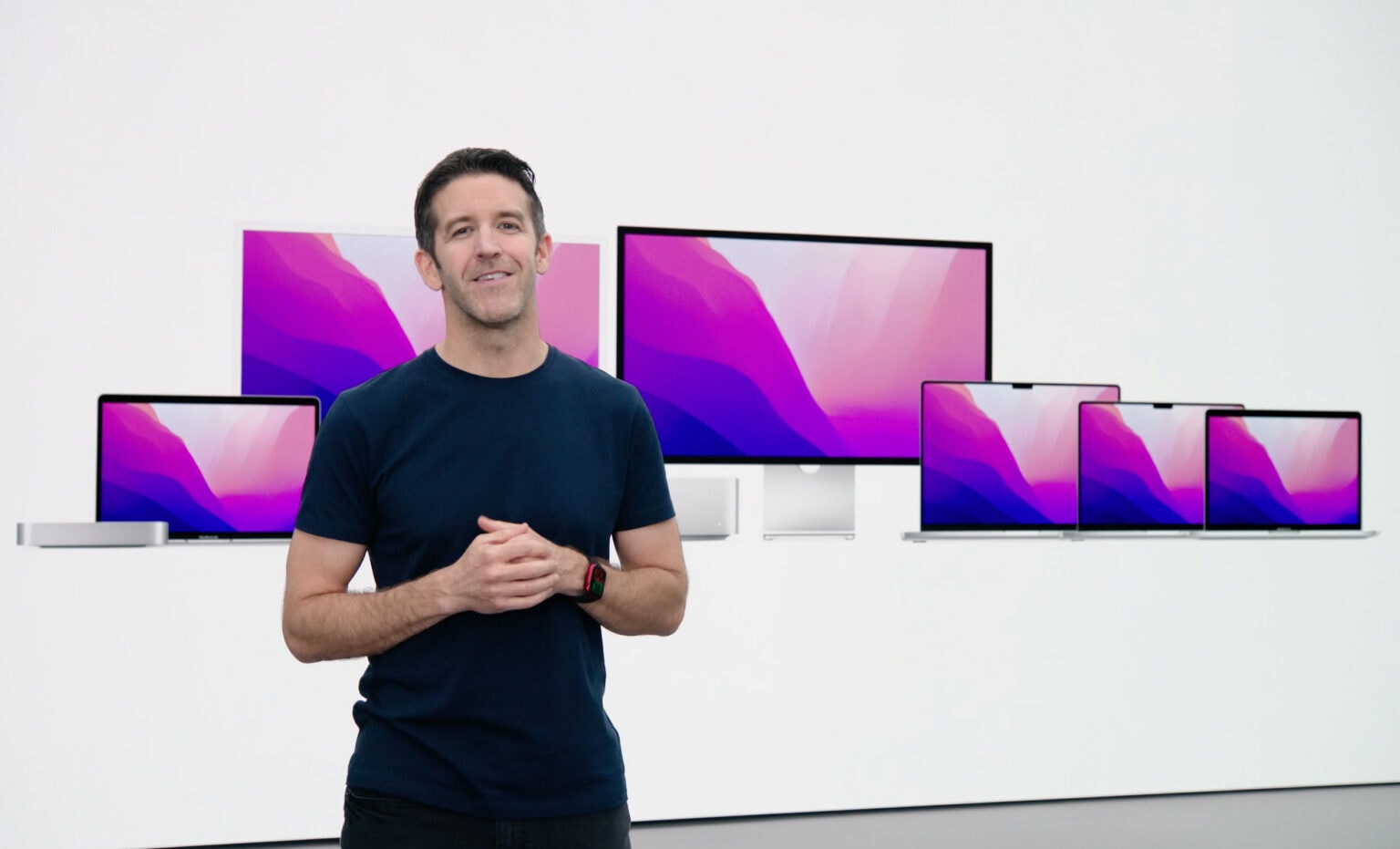The transition from Intel processors to Apple silicon changed every Mac for the better … almost. But there are a few niches in the lineup that have yet to be filled.
While Apple’s computers are best-in-class, there are a few categories the company does not currently compete in. These are the top seven Macs that Apple doesn’t make.
The top 7 Macs that Apple doesn’t make
You read the list below or watch it in this video:
No. 7: A better midlevel MacBook
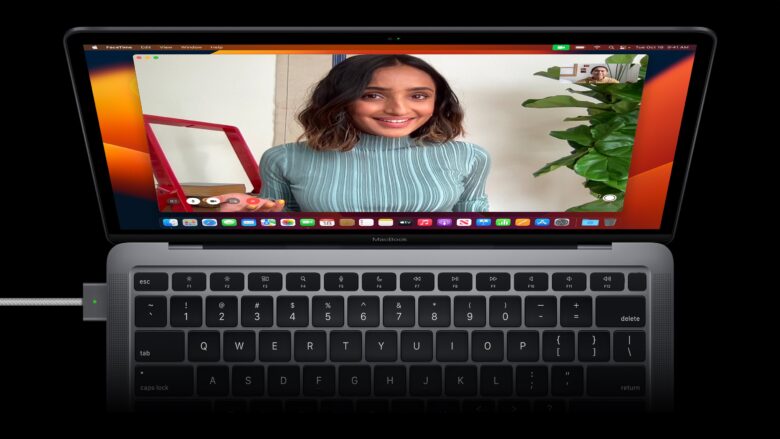
Photo: Apple/D. Griffin Jones/Cult of Mac
In the middle of the lineup between the MacBook Air and the MacBook Pro, Apple sells another computer that’s also called the MacBook Pro. But it has virtually nothing in common with the actual MacBook Pro.
Internally, it’s identical to the MacBook Air, except it has a fan. It’s not “pro” whatsoever, though. It doesn’t even get a Pro chip.
Apple could do a better job of filling the gap between the MacBook Air and real MacBook Pro. Ditch the Touch Bar, give this midlevel computer MagSafe and a Pro chip, and keep the basic 13-inch rectangular screen. You’d have a faster, more capable computer at a lower price.
No. 6: A lower-cost MacBook
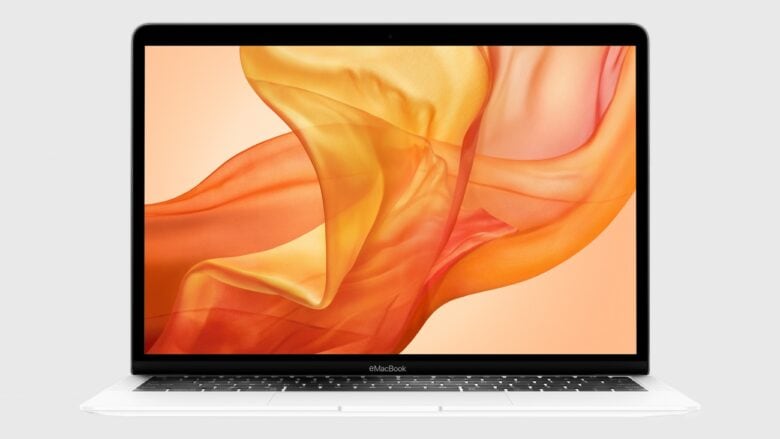
Photo: Apple/D. Griffin Jones/Cult of Mac
Rumors earlier this year suggested Apple might make a lower-cost MacBook to get back into the education market.
Apple would struggle making anything of value in the $200 to $300 range to truly compete with the cheapest Chromebooks. But considering the M1 MacBook Air starts at $900 (after a special discount for students and educators), it’s possible a MacBook could come down in price to $800 or even $700 by cutting a few corners — like maybe a plastic shell and an A-series chip instead of an M-series chip.
I think Apple’s high standards for display quality and manufacturing fit and finish would prevent the company from making a $500 laptop. But it would be interesting to see a spiritual return of the eMac.
No. 5: A new Apple Cube (or some other unconventional form factor)
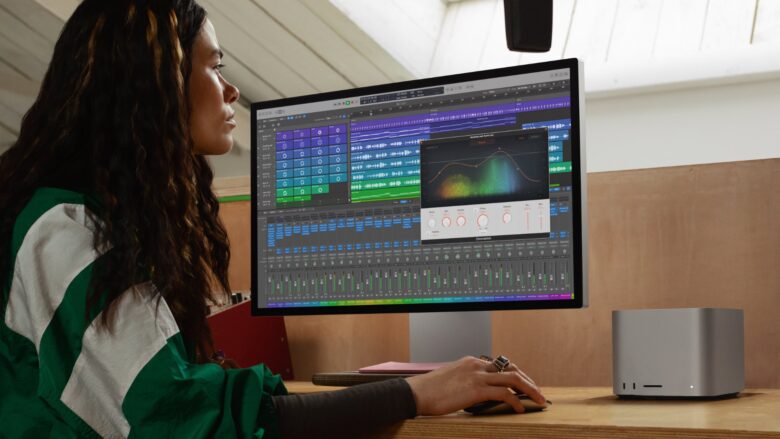
Photo: Apple/D. Griffin Jones/Cult of Mac
Apple has a storied history with weird-shaped computers. 2000’s Power Mac G4 Cube. 2013’s cylindrical Mac Pro (aka “the trash can”). Even the NeXTcube, produced by Steve Jobs’ company NeXT in 1990 after he left Apple. What all these computers have in common, for better or worse, is that they tried to deliver top-of-the-line performance in a compact case.
The Mac Studio embodies that philosophy, and for the first time, it’s doing so successfully. But what if it were shaped like a cube?
The Mac Studio looks like a taller Mac mini, but it’s not nearly tall enough. In fact, it’s almost a perfect half-cube. If only Apple’s engineers could pack the same power in a package that was a little narrower and a little taller.
Or, perhaps they could pursue a new shape. A pyramid. A trapezoid. A large apple.
No. 4: An upgraded iMac Pro
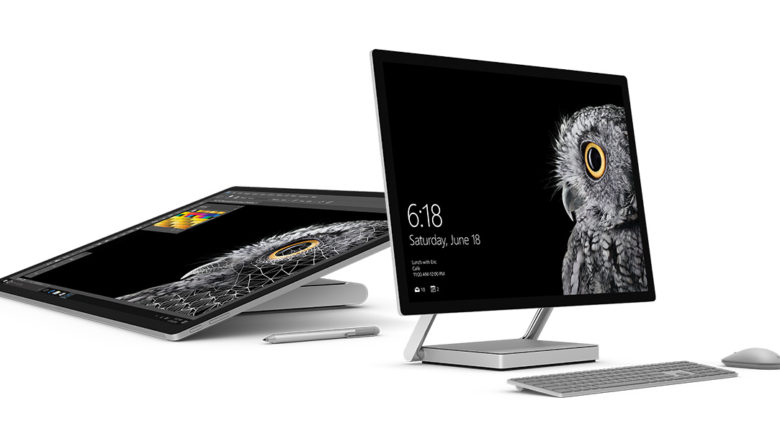
Photo: Microsoft.
Everyone loves the new iMac. It’s a perfect machine for small businesses and home offices where you want a simple desktop Mac. But it only comes in one 24-inch size, which is considered small for a desktop computer these days.
Apple used to make a 27-inch model and a pro model. Today, you’re expected to buy a Studio Display and a Mac mini or Mac Studio instead, but that’s not all Apple could do here.
Perhaps an upgraded iMac Pro could not just be bigger, but adopt Apple Pencil support and come with a fully articulated stand, like the Microsoft Surface Studio.
No. 3: A new 12-inch MacBook for extreme portability
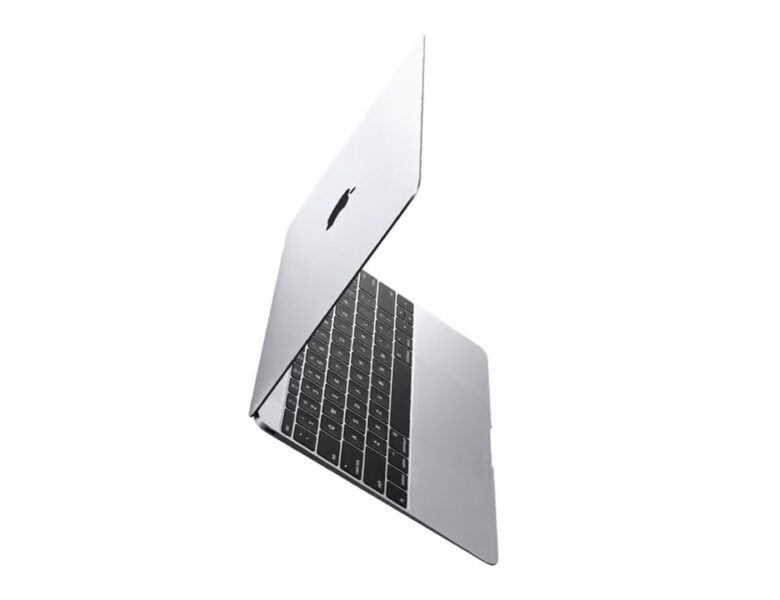
Photo: Apple
The 12-inch MacBook was the right idea at the wrong time. It was an ultralight, ultraportable computer that had the misfortune of shipping with a single USB-C port before it was popular, an Intel chip that was far too slow, and a butterfly keyboard that was destined to fail.
Apple could do it again — but better this time. An M-series chip would give the entry-level MacBook the speed and efficiency we’ve all grown to love. And the company’s engineers have since developed a keyboard that, believe it or not, reliably types letters. They can add the new MagSafe on the side and keep the single USB-C port.
That would be an incredible computer for people who want the thinnest and lightest laptop possible.
No. 2: A 17-inch MacBook Ultra for ultimate power on the go
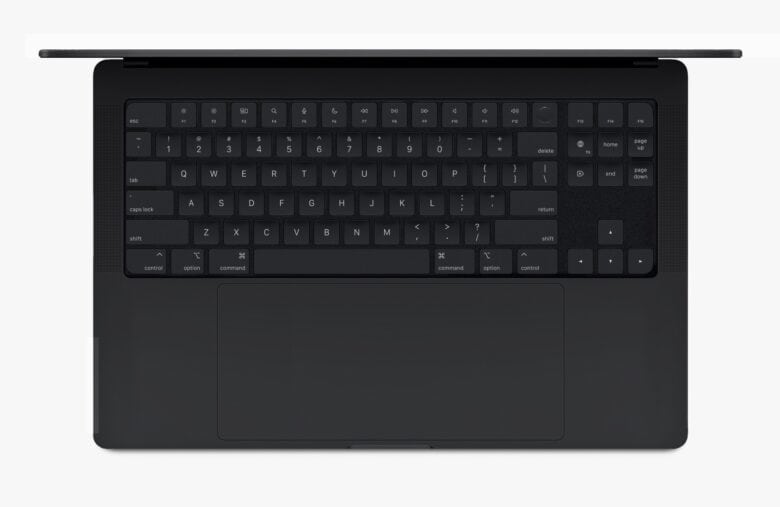
Photo: Apple/D. Griffin Jones/Cult of Mac
On the polar opposite end of the spectrum, there’s a whole untapped market for gigantic laptops in the PC world that Apple doesn’t touch. They’re engineered around desktop-class graphics cards, so they’re enormously thick and suffer from abysmal battery life.
The M2 Pro and M2 Max chips are available in the MacBook Pro at the same level of performance as their desktop counterparts, and the MacBook Pro still achieves its all-day battery life.
But if Apple wanted to, it could build a MacBook Ultra using the company’s top-of-the-line chip. It would need a bigger cooling system, and it would probably get thicker to accommodate a bigger battery — but it would be a total powerhouse.
Imagine if it came with a gigantic 17-inch (or maybe even 18-inch) display, and the whole thing was anodized in black. They would sell like crazy.
No. 1: Really, any MacBook with a cellular connection

Photo: Upgraded
More important than any change in form factor, Apple should make a Mac with a cellular radio. You would have a persistent connection to the internet, no matter where you find yourself, without the hassle of tethering to your iPhone or hopping on dodgy Wi-Fi.
iPads and even Apple Watches come with cellular options, so why not the Mac?
Rumor has it Cupertino has a contentious relationship with Qualcomm. So Apple could be waiting until its own cellular modem becomes a reality — but that could take until at least 2025. What a beautiful day it will be if and when that machine arrives.
